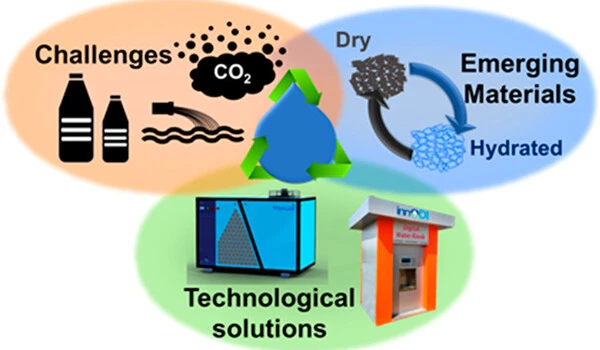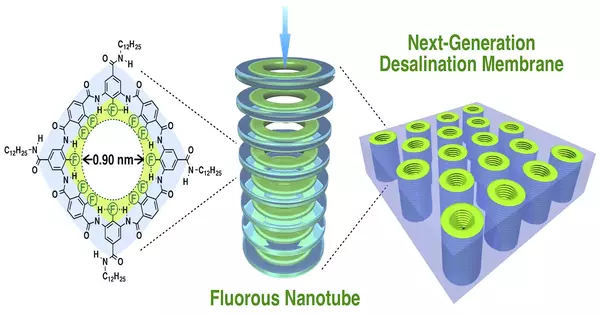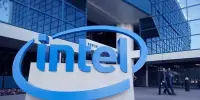The new ultrafast water disinfection method is a technology that uses light-activated nanoparticles to kill bacteria and viruses in water. It is more environmentally friendly than traditional disinfection methods such as chlorine, which can produce harmful byproducts and have negative impacts on the environment.
Researchers have discovered a method to disinfect water using small electrical shocks, reducing energy consumption, costs, and environmental impact. The technology could be integrated into the power grid or even powered by batteries.
Having safe drinking water is critical for public health, but traditional disinfection methods cause their own environmental issues. Chlorine is inexpensive and simple to use in centralized water systems, but it produces hazardous chemical byproducts.
Researchers at the Georgia Institute of Technology have discovered a way to disinfect water using small electrical shocks, reducing energy consumption, cost, and environmental impact. The technology could be integrated into the power grid or even powered by batteries.
This ultra-fast bacteria inactivation using nanosecond pulses is a surprise because, theoretically, nanosecond pulses are just too short to kill the bacteria in conventional electric field treatment because the membrane takes time to charge.
Ting Wang
“This is a pretty new disinfection technology, and we want to demonstrate in the small scale first, and then improve its real-world applications for point-of-use or off-grid water purification,” said Xing Xie, the Carlton S. Wilder Assistant Professor in the School of Civil and Environmental Engineering.
Xie and his postdoctoral researcher Ting Wang published the paper, “Nanosecond Bacteria Inactivation Realized by Locally Enhanced Electric Field Treatment,” in Nature Water in January.
Localizing Electricity
Although conventional electric field treatment (CEFT) is applied for food pasteurization, it hasn’t been widely used for drinking water disinfection because of the relatively high cost. When water and bacteria are exposed to electricity, the bacteria cell membrane acts like a capacitor in a circuit. Typically, in CEFT, water’s low conductivity means nanosecond pulses won’t charge the membrane fast enough to kill bacteria.

The researchers created a locally enhanced electric field (LEEFT) that delivered electricity directly to the bacteria. When the electrodes are connected to electricity, the gold nanotips instantly build up concentrated charges, allowing the charges to travel to the membrane and kill the bacteria much faster.
“This ultra-fast bacteria inactivation using nanosecond pulses is a surprise because, theoretically, nanosecond pulses are just too short to kill the bacteria in conventional electric field treatment because the membrane takes time to charge,” Wang explained. “However, with LEEFT’s nanowedges and nanostructures, bacteria cells can be charged directly by the nanometal, quickly disinfecting water.”
Electric Innovation
They created gold nanowedges on the electrode edge of a chip to test the technology. The model bacteria Staphylococcus, which is commonly used in labs and is commonly found in water systems, was then added to the chip. They then applied electric pulses to the bacteria and observed how they reacted in real time under a microscope.
When 40 kilovolts per centimeter of electricity was applied for 200 nanoseconds, 95% of the nanowedges successfully killed the bacteria. LEEFT reduces applied eclectic field strength by eight times and reduces treatment time by one million times when compared to conventional EFT.
“We discovered that even nanosecond pulses could kill the bacteria in the LEEFT but not in other conditions,” Wang explained. This near-instantaneous decontamination reduces the amount of electricity required to disinfect water, making it a more affordable sanitation option and pointing to a future in which producing clean water may have a lower environmental impact.














